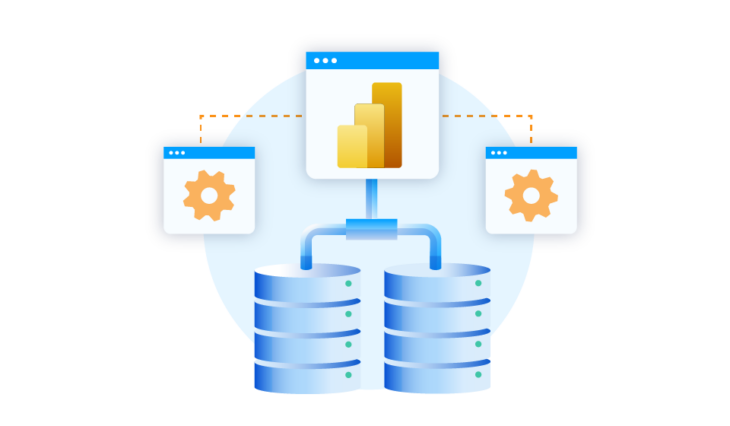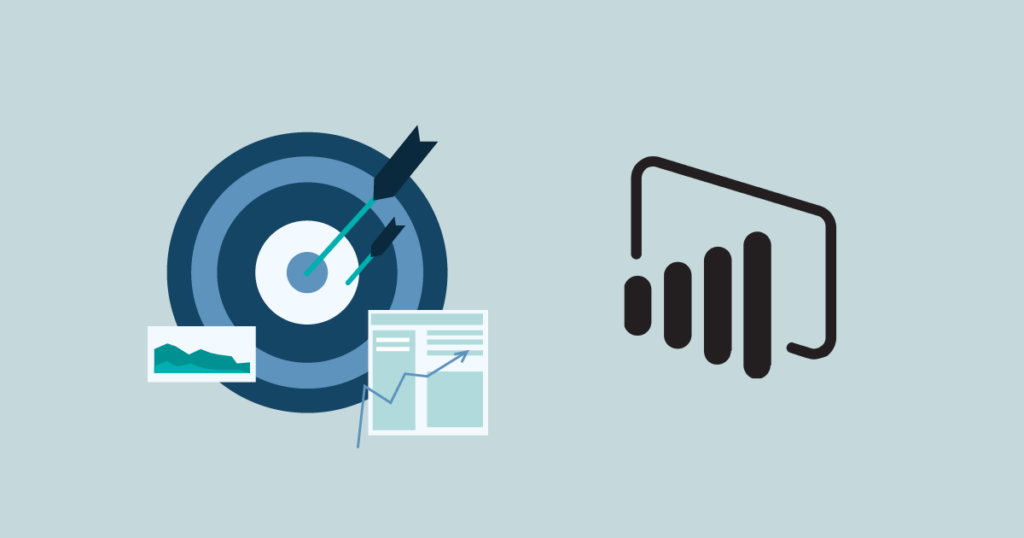
Unlocking the Power of Power BI Connectors: A Comprehensive Guide
In the world of business intelligence, Power BI is one of the most popular tools used for data analysis and reporting. One of the reasons for its popularity is its ability to connect to various data sources using Power BI connectors. With the help of these connectors, users can seamlessly import data from a wide range of sources, including cloud-based applications, on-premises databases, and even flat files. In this article, we will explore them and how they can be used to unlock valuable insights from your data.
An Overview of These Connectors
They are essentially software components that enable Power BI to connect to different data sources. These connectors act as a bridge between the data source and Power BI, allowing data to be imported into the tool for analysis and visualization. They are designed to support a wide range of data sources, including databases, cloud services, and APIs.

Using Power BI Connectors to Unlock Insights
With the help of Power BI’s data modeling and visualization capabilities, users can uncover insights that would be difficult to spot in raw data. For example, users can create interactive visualizations that allow them to drill down into specific data points, explore trends over time, and identify patterns in their data.
In addition to its built-in connectors, it also allows users to create custom connectors. Power BI custom connector is built specifically for a particular data source or service. For example, if you have a proprietary data source that is not supported by Power BI, you can create a custom connector that will enable it to connect to that data source. They can be created using Power BI’s M language, which is a functional programming language used for data transformation and modeling.
Creating a custom connector can be a complex process, but it can be well worth the effort. By creating them, you can unlock insights from data sources that were previously inaccessible, giving you a competitive edge in your industry. They can also help to automate data import processes, reducing the amount of time and effort required to prepare data for analysis.

Best Practices for Using Power BI Connectors
While these connectors are powerful tools, there are some best practices that users should keep in mind when using them. Here are a few tips to keep in mind:
– Use its latest version: Power BI is constantly being updated with new features and improvements. Using its latest version will ensure that you have access to the latest connectors and features.
– Use native connectors whenever possible: Native connectors are built into Power BI. Using them is generally faster and more reliable than using custom ones.
– Test your connectors before using them: Before using a connector to import data into Power BI, it’s important to test it to ensure that it is working correctly. This will help to avoid any unexpected errors or issues when analyzing your data.
– Use query folding to improve performance: Query folding is a process that optimizes the way that data is imported into Power BI. By using query folding, you can reduce the amount of data that needs to be imported, which can improve the performance of your reports and dashboards.
– Use data source filters to limit the amount of data imported: Data source filters are filters that are applied to the data source before data is imported into Power BI. By using data source filters, you can limit the amount of data that is imported, which can improve the performance of your reports and dashboards.
– Monitor data refresh performance: Data refresh performance is the amount of time it takes for Power BI to update your data after it has been imported. Monitoring data refresh performance can help you identify any issues that may be slowing down your reports and dashboards.
Using them not only enables seamless data import from various sources but also facilitates in-depth data analysis. Power BI’s data modeling and visualization capabilities empower users to delve into their data, uncover hidden patterns, and gain valuable insights. By creating custom connectors, tailored to specific data sources or services, users can access previously inaccessible data, granting them a competitive edge in their industry. Moreover, they assist in automating data import processes, saving time and effort required for data preparation. Adhering to best practices such as utilizing the latest version, testing them, employing query folding, and monitoring data refresh performance ensures optimal performance during data analysis. In conclusion, these connectors are a powerful tool that can help you unlock valuable insights from your data. With them, the possibilities are endless.